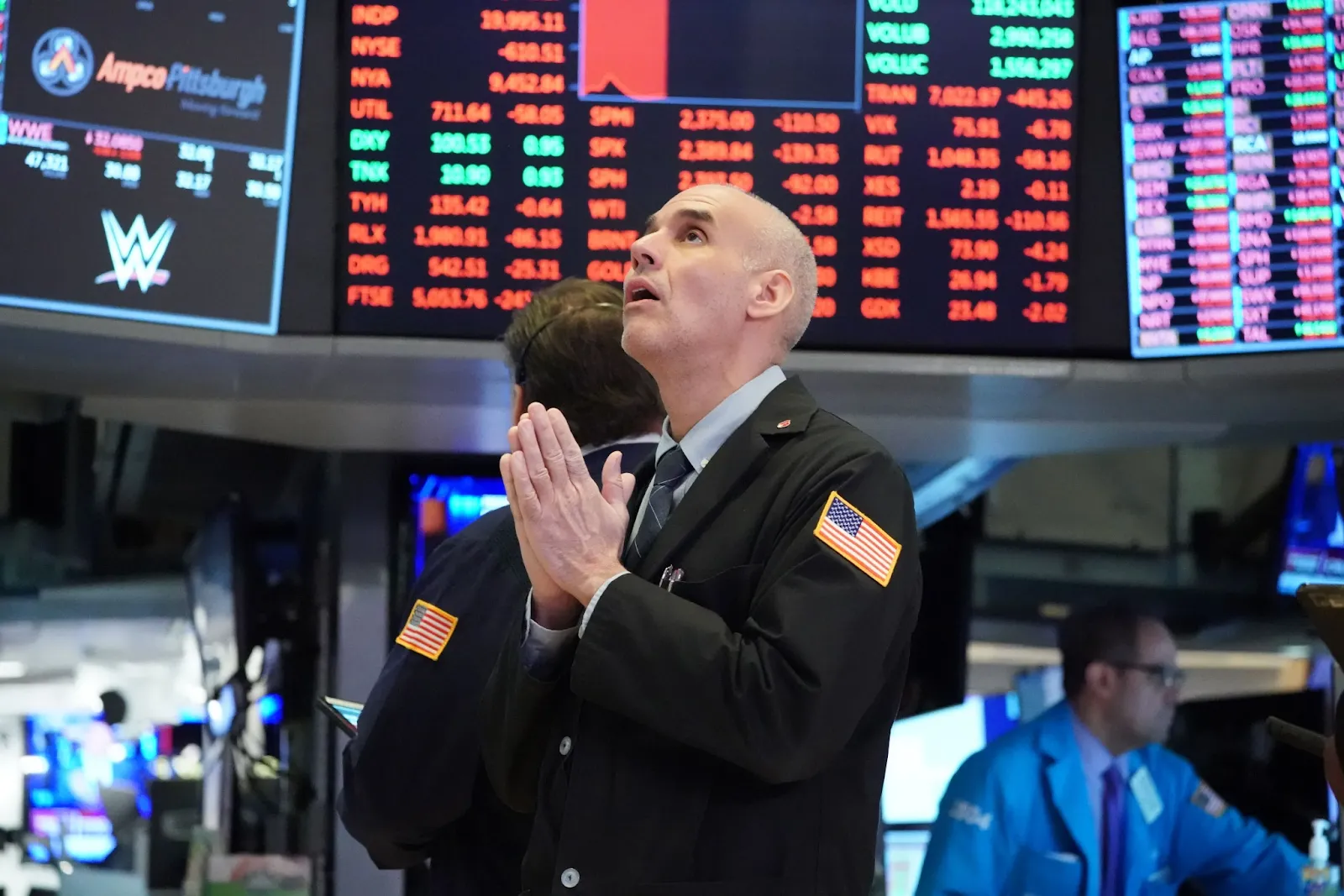The Stock Market Is Bouncing, But The Next Big Hurdle Is Just Around The Corner
Although stocks bounced back Tuesday, volatility could remain high until investors gain more confidence about the future of the banking industry.
Market strategists believe the Federal Reserve's policy meeting next Tuesday and Wednesday will be the next major hurdle for the market, barring any other unexpected developments. The futures market on Tuesday raised its bets on the Fed raising interest rates by a quarter point on March 22 to more than 70%.
Following Silicon Valley Bank and Signature Bank's rapid failures, regional bank stocks climbed sharply Tuesday after being crushed by fears of more bank failures. SPDR S&P Regional Banks ETF rose 3.5% and First Republic and PacWest both rose more than 35%.
Depositors and financial institutions affected by the collapse of SVB were protected by plans approved Sunday by the U.S. government. The funds of both SVB and Signature Bank, which were shut down by regulators on Sunday, will be accessible to customers.
“Volatility is at an all-time high right now. There is no sense in saying 'all clear'. What we’re looking for is when, how, and who is the first to tap the new Fed facility that allows them to pledge high-quality securities and receive par value,” said Julian Emanuel, head of equity, derivatives, and quantitative research at Evercore ISI. It will be equally important to see how the market reacts to who, when, and how.
There is also some concern among strategists that the stock market outlook could also become more uncertain because of developments around the banks. A recession now seems more likely, and that could lead to a rocky market period.
Emanuel believes there is a better chance of a recession now than ever before, and he also believes that stocks might sell off and test new lows in the near future. A low of 3,491 was reached on Oct. 13 by the S&P 500 index. During the trading session of Tuesday afternoon, the stock was trading at 3,885, up about 0.80% from the previous day.
"The patient has come out of intensive care, but it is always true that there is going to be a convalescence period that is going to be longer and bumpier than what we expect, which is made even more difficult by the fact that the Fed is likely to hike rates to fight inflation," explained Emanuel. “It seems likely that they will continue to raise rates in an effort to continue conducting business as usual. Therefore, it is likely that the stress in the financial system will not be able to dissipate overnight as a result of this.”
There will also be a new set of forecasts released by the central bank after this meeting, including updated forecasts for interest rates and inflation.
“As a result of higher rates, something pretty darn important just broke," said Lori Calvasina, head of U.S. equity strategy at RBC. "I think we would get a negative reaction to 50 [basis points]. The market would probably handle a pause and a 25 in stride, but it comes down to the press conference and the details." A basis point equals 0.01%.
It has been a roller coaster ride for markets in part due to expectations from the Fed. It was only last Tuesday that Fed Chairman Jerome Powell told Congress that the Fed may have to raise interest rates more than expected due to persistently high inflation rates.
Consequently, interest rates soared, and the yield on the 2-year note jumped above 5%. Bond yields plummeted as investors sought safety in bonds as SVB faced difficulties later in the week.
There was a significant drop in the 2-year yield over the weekend, which was the biggest three-day drop since 1987 when the stock market crashed. There is a strong correlation between the yield on the two-year note and the Fed's policy, and it fell below 4% before rising to 4.35% on Tuesday.
Tuesday's market was led higher by the communications services and technology sectors, both up more than 2%.
"I think the focus should be on how the financial stocks trade as well as how the yield on the 2-year bond moves," Emanuel said. “If both of those indices can be able to hold above their extremes of the last two or three days, then more healing can take place before the next risk event which will be Wednesday's rate decision, which is the next risk event that will happen.”
As long as investors lack confidence in the outlook for banks, Calvasina said stocks could continue to chop around.
“It is more likely that we will stay in this rut for a longer period of time than we would otherwise, simply because of what happened, than to see a sudden drop in value," said Calvasina. “Until the next thing breaks, there will be an overhang for quite some time if this is contained because people will be constantly worried about what is going to happen next.”
The market's behavior is similar to those seen in the early 2000s after the tech bubble burst. This could set up another big downdraft, like the one in early 2003, she said, since 2022 and 2002 are similar years. When the Iraq war began that year, the market made a low in March and bounced higher.
Calvasina said the market could escape revisiting the lows, but it is less likely that the October lows will hold if a recession occurs later this year or next year.

Subscribe to our newsletter!
As a leading independent research provider, TradeAlgo keeps you connected from anywhere.








